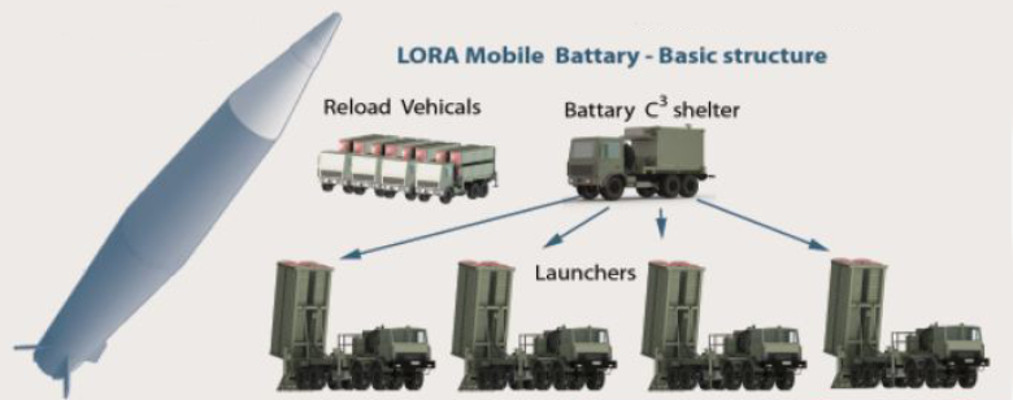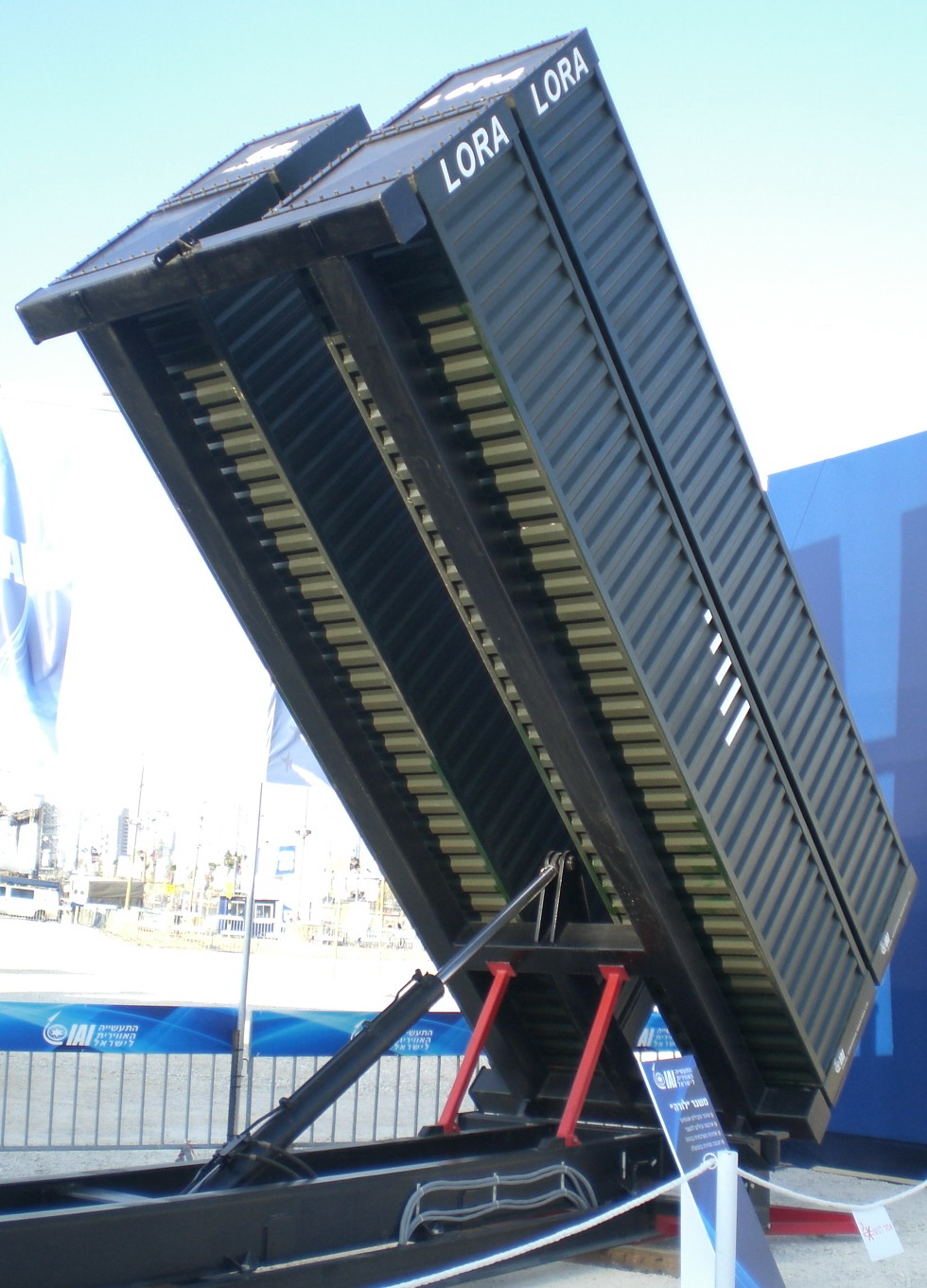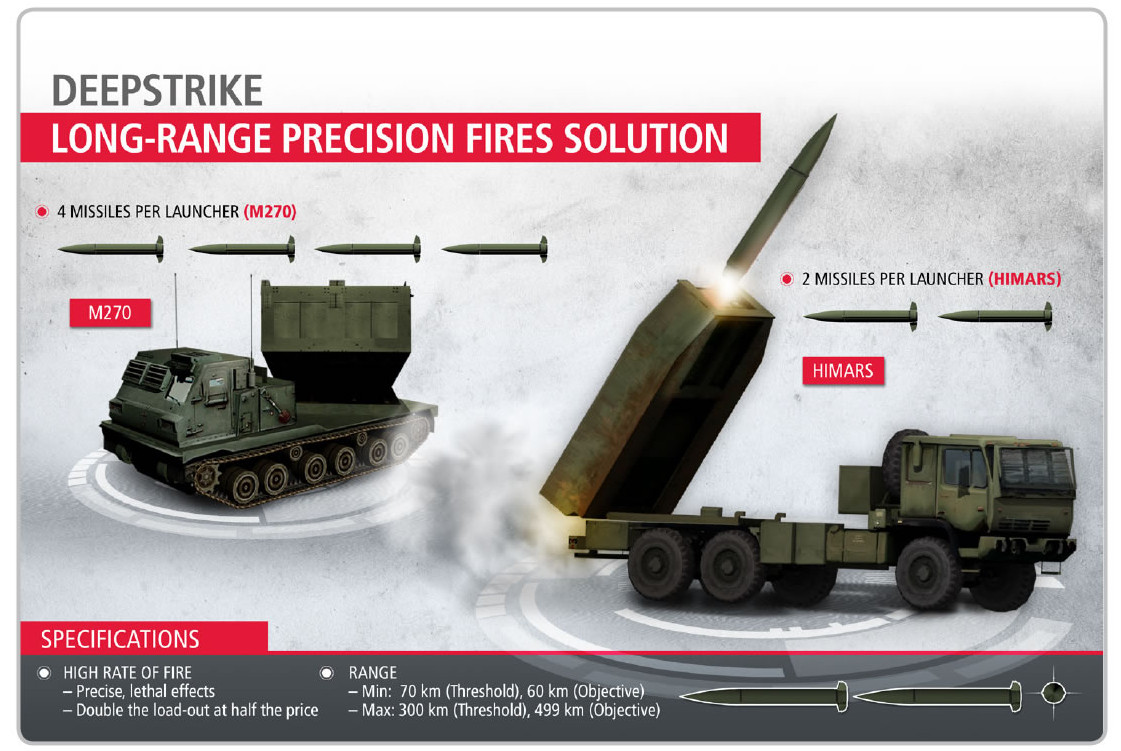Though the concept has yet to find its big break, defense contractors continue to expand on the idea of highly mobile weapon systems that meet the size and weight restrictions of standard shipping containers. Now, Israel has tested such a system and says it has buyers already in line.
On June 20, 2017, Israel Aerospace Industries (IAI) said it had successfully test-fired its Long-Range Artillery (LORA) system from a containerized launcher on the back of a truck sitting on the deck of a cargo ship. The state-operated firm first unveiled the mobile ballistic missile back in 2006. The experiment, which destroyed a pre-planned target, was part of final trials ahead of “several deals that involve the system,” according to a press release.
“This was one of the most complexed [sic] trails [sic; trial] we held over the past few years and a technological breakthrough for IAI’s missile development operations,” Boaz Levi, the company’s Executive Vice President and General Manager of Systems, Missiles & Space Group, said. “The trail [sic; trial] was held according to a full operational outline, including an assessment of the system’s maneuvering, assault and precision capabilities.”

According to IAI’s website and a company fact sheet, the 3,500-pound solid-fuel LORA can hit targets nearly 250 miles away within 10 minutes thanks to an unspecified “supersonic velocity.” The missile has a penetrating warhead of some type and relies on GPS and inertial navigation to get it to the target area. However, once it’s there, an operator can course correct using a command-to-target television guidance system giving the missile incredible accuracy. This dual-mode configuration has become a staple of Israel missile technology and is very similar to that found on the Delilah cruise missile and the much smaller Spike NLOS missile from Israeli government-owned company Rafael. The man-in-the-loop terminal guidance technique was developed over decades, with weapons like the Popeye/Have Nap paving the way for this current generation of highly advanced dual-guidance missile systems. It also means that if need be, the weapon can hit targets in spite of bad weather, smoke, or other obscurants that would interfere with a laser or optical terminal guidance arrangement.

According to IAI, a notional complete containerized LORA battery would include a command and fire control container and four launchers, each with four missiles, plus four reload vehicles. On land, trucks would carry these components, giving them additional mobility and the ability to escape a first strike. At sea, the self-contained nature of the system means a customer could easily load it onto any vessel with the appropriate space, quickly turning it into a stand-off weapon platform. Since the command section has all the equipment necessary to launch the missiles, no other modifications to the ship are necessary.
In a maritime environment, the obvious benefits of these systems are relatively low cost launchers and the lack of need for a dedicated missile-armed vessel. A system with this type of range could provide precision strikes and timely fire support deep into enemy territory without the use of fixed-wing air power and the risks that go along with it.
A military could purchase only a small number of LORA systems and simply move them from ship to ship as necessary. Depending on the defensive capabilities of the opponent, logistics ships or other auxiliaries could suddenly become impromptu combatants, freeing up purpose-built and better defended warships for tasks in more dangerous environments. The LORA’s cruise-missile-like range could potentially keep even less well protected ships out of the way of shore-based defenses altogether. There’s a long-standing fear that rogue states or other enemy forces might use innocuous, civilian-styled container carriers to launch sneak attacks, too.

Of course, using civilian or civilian-style ships as missile boats in a pinch isn’t a perfect solution and presents its own possible complexities. Standard container carriers and the like are not intended for military operations and lack any real defensive considerations. They aren’t meant to hide or otherwise conceal themselves and don’t have the sort of systems on board to detect, avoid, or neutralize incoming threats or search out potential targets. To be fair, surface-to-air missiles, close-in-weapon systems, surface search radars, and other sensors could all fit inside containers, too. Many of these concepts could be quickly lifted from existing sea base-type ships, which the War Zone has already written extensively about in the past.
But these are especially important considerations given the proliferation of land-based anti-ship cruise missiles, with ever increasing range and speed. Many countries, particularly Russia and China, appear to be pursuing so-called Anti-Access/Area Denial (A2AD) strategies, which combine these types of weapons with long-range radars and integrated air defense networks, which could turn whole regions into no-go areas for foreign air and naval forces during an actual conflict.
Still, hiding in plain sight so to speak has its grand advantages and its own tactical justification in itself depending on the scenario, and for lower intensity conflicts such a capability would be both effective in cost effective and remarkably easy to deploy.

It’s important to note that containerized weapons are not new, nor are such missile launchers with naval applications specifically. In 2010, Russian began advertising a four-round launcher for the 3M-54 Kalibr cruise missile, variants of which have a similar range to the LORA, hidden inside a shipping container. They revealed a version of the complete system, commonly known as Club-K, to the public at the annual MAKS air show in 2011. There are also much shorter-range systems, too. These include a containerized version of Patria’s 120mm NEMO breech-loaded mortar and a Chinese system that can accommodate 122mm unguided artillery rockets, as well as cruise missiles. Theoretically, almost any truck-mounted artillery or missile system would have very similar flexibility as long as there was sufficient room on a ship’s deck. But no one has put these into active service to our knowledge.

Based on available concept art, Russia is planning to employ a system like the Club-K on its up-coming Ice-class icebreaking corvettes. And the U.S. Army and Marine Corps are both actively looking at the potential to use the High Mobility Artillery Rocket System (HIMARS) as an anti-ship weapon, possibly afloat on U.S. Navy ships. Our own Tyler Rogoway posited installing it on the Navy’s ammo-less Zumwalt-class stealth destroyers. The HIMARS launcher can already fire the Army Tactical Missile System (ATACMS, and pronounced “attack-ums”), which has similar range to the LORA, as well as the small but more plentiful and highly accurate M30/31 guided artillery rockets. Raytheon is working on a replacement for the out of production ATACMS, called DeepStrike.
Unlike Israel, however, U.S. cruise and ballistic missiles are limited by the Intermediate-Range Nuclear Forces Treaty, more commonly known as the INF, which it signed with the Soviet Union in 1987. Russia and the United States have agreed to abide by the terms, though U.S. officials accuse their Russian counterparts of breaking the deal, which says neither party can build missiles with maximum ranges between 300 and 3,400 miles. Over and under are just fine, and Raytheon’s goal is a missile that can fly right to the edge of minimum allowable distance, but no further, significantly further than the range of ATACMS.

Still, the truth is that LORA and similar containerized weapons systems may revolutionize how naval warfare is executed and how ships that are meant to execute it are built. Building simpler, cheaper surface combatants with areas for containerized weapons may be commonplace in the future. The U.S. Coast Guard wants to follow in Russia’s footsteps and put containerized cruise missile systems on their future icebreakers. There has been talk about integrating similar modular systems on future lower-end U.S. Navy ships. This type of capability, and even existing concepts such as the Phalanx CIWS-based Centurion defense system, seem extremely well suited for America’s various sea basing and special operations support platforms. So could the Navy of the future include an armada of container toting ships? It is a real possibility.
IAI claims it has actual customers for the naval LORA system, but there’s no indication that the U.S. military is among them. Since there is only the press release to work with, it is important to remember those deals could still be pending to some degree and might not proceed. Depending on who actually gets the launchers, and if they actually employ them in a naval setting, it might give other countries such as the United States added impetus to move ahead with their own similar projects.
Contact the author: joe@thedrive.com
